Composing and Decomposing Numbers: a Guided Math Lesson Plan Flow
Here is an example of a guided math lesson that works on composing and decomposing numbers 11-19.
I’m also going to lay out the flow of what the entire lesson looks like when I am meeting with my kinders in “the teacher zone”… which is what I call where I meet with students as a center during guided math.
This is my general outline or “flow” that we follow at the teacher zone.

Despite the name, “the teacher zone” my kinders can always start without me.
If I am needed across the room, or am following up with assessing a student from the previous group, they simply get out a box of dry erase markers (in our group’s basket) and begin working on writing their numbers.
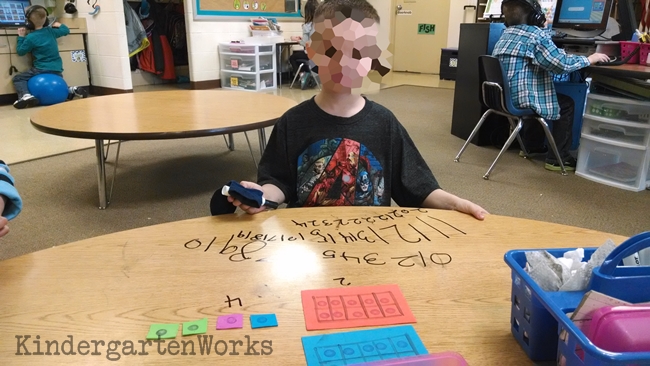
They are all working to see how far they can get writing 0-20 before I get there or am “ready.”
My highest group members each have a post-it in their groups’ box that holds the last highest number they wrote to. Their goal is to continue writing as high as they can, starting at their last recorded number and then record their new number when time is up.
Sometimes just having one minute to review my lesson plan again and switching mental gears is just what I need.
Warm-up
We start out with a whole group warm-up. Normally this is counting, and each group has their own goals.
I love having these free counting mats. I ran some double-sided (one side counting to 100 and the reverse side counting down from 100) laminated and bound them to make a booklet along with other resources I use often during guided math.

There are seven math mat booklets – one for each student and then one for me to model.
I print each math mat page on a different color to make finding correct pages quickly an easier thing to do.
Some groups we count to 70 or 100 by ones, one group is learning to count backwards from 100. Students first try to count on their own (to the target number) while touching each number as they quietly count, then we do it all together.
Then we practice using the hundreds chart for another skill like:
- counting by tens
- counting by tens starting at 6 (or 8 or 2)
- finding a number on the chart
- start counting at a number other than 1
The skill chosen depends upon the group. But those are generally things that don’t take very long to do and get our minds focused on numbers.
Main activity
After the warm-up we launch into the main math activity.
I plan about 15-20 mins worth of an activity and always tie it to a math strategy or two.
When introducing, I begin by sharing what strategies we are going to try or by having a student explain what the strategy means (if we’ve already tried the activity before).
This quarter we are focusing on composing and decomposing numbers 11-19 using a group of ten and ones. It allows us to also practice more standards like identifying numbers 11-19 and writing numbers 11-19.
For example, we are using the strategy, “See the pattern or connection.”
And I sing (to the tune of The Farmer in the Dell):

We are also using tools to “show my thinking” when we are used to using pictures and numbers to show our thinking.
So I introduce the materials needed to show our thinking about teen numbers.
The first time we did the activity, we modeled writing a “teen” in the tens place and talked about the connection between all the teen numbers.
We used number cards and foam groups of ten and ones to make 11-19.
Our first time we probably made only 3-4 numbers during our group time.
With my lowest group, we only focused on the 11-15 range and I had the materials in front of me as they helped make the numbers whole group.
Differentiate based on skills: Higher-level students
The second time we did this activity, my highest group started out with teens and moved right into making numbers 11-99. They pulled higher number cards and worked with a partner.
Partner work in small groups is so powerful. They are great at working together, checking each other’s work, and staying on task.
Scaffold the work
For my other groups, the second time we did this activity, we worked our way into partner work and then independent practice.
This scaffolded learning this skill from doing it with the teacher, to with a partner, to doing it independently.
To make it “feel” like a game, a partner would pull a number card (so I had one set of cards for each partnership) the other person would make the number with foam ten frames and ones. The first person would check the making and write the number.

I think we did this as our main activity for three different lessons before everyone had a great grasp of it! It was time well spent.
Use strategies and questions
While students are working, I am always referring to the strategy that I laid out on the table before we began.
I am asking questions like:
- how did you figure that out?
- what do you notice about ______?
Their favorite thing is when they catch themselves making a mistake and get praised for “checking their work.” (Which is another math strategy we practice)
Wrap-up
When we go to transition out, I refer back to what strategy we practiced and how it applied. For this lesson, I’d review the song (about why teens have a one) as they are cleaning up their materials.
We wrap-up our time together by focusing on a different standard that can be practiced in bite-size chunks.
Currently, we are getting lots of practice making our teen numbers using playdough in the last five minutes before its time to switch groups.
My lowest group is working on just identifying those teen numbers and recalling their form.
My second highest group is exploring what new number is made when I ask them to switch numbers in the tens and ones place, and ask, “What is 7’s ten name?” They have fun taking 17 making it into 71 and then back again. This exploration is keeping them on their toes.
My highest group has made teens and twenties and are now moving into thirties. They also enjoy changing the numbers in the tens and ones place to see what new numbers are made.
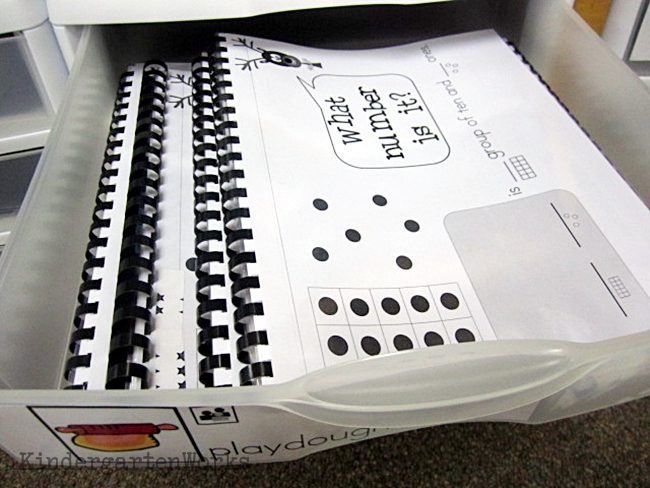
That’s where we’ve been spending some time over the first 3-4 weeks of our second quarter.
For now, this format and flow works for us. I’ve made lots of tweaks so far this year and am growing in the way that I use our guided math groups. I’m genuinely thankful that I am stretching myself as a teacher in new ways that meet my kinders’ needs.
I love being able to share my ideas, thoughts and more here as I continue in the process.
A note on composing and decomposing numbers
This skill ends up being huge in mastering numbers to 100 and beyond.
If you want to brush up on this specific standard, be sure to check out a three-part series that dives into everything you could want to know about decomposing and composing numbers in kindergarten.
Take my best-selling item on composing and decomposing numbers to help your kinders master this skill.
What tips do you have for creating a lesson flow that works for you?
If you like what I do here on KindergartenWorks, then be sure to subscribe today. I look forward to sharing ideas with you weekly.



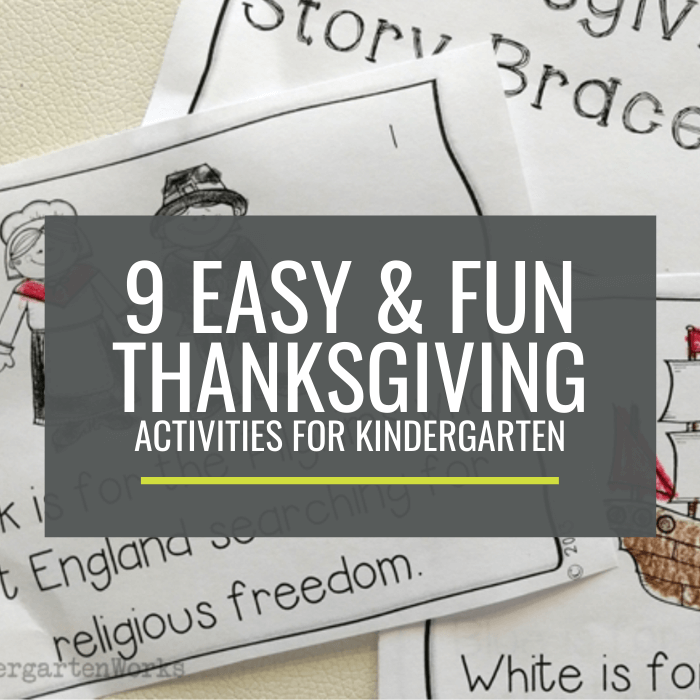
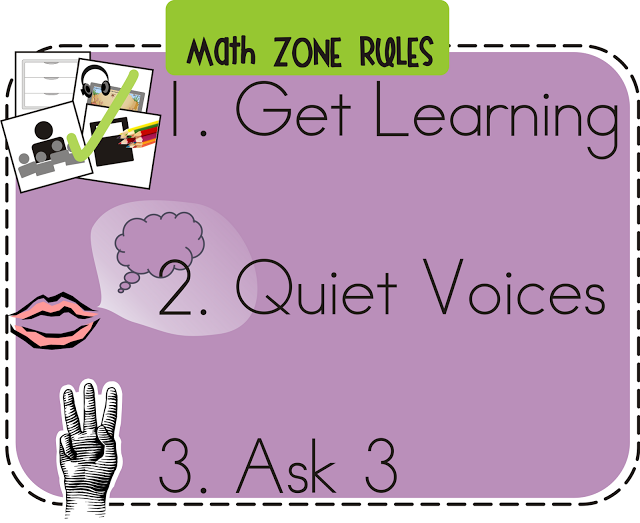
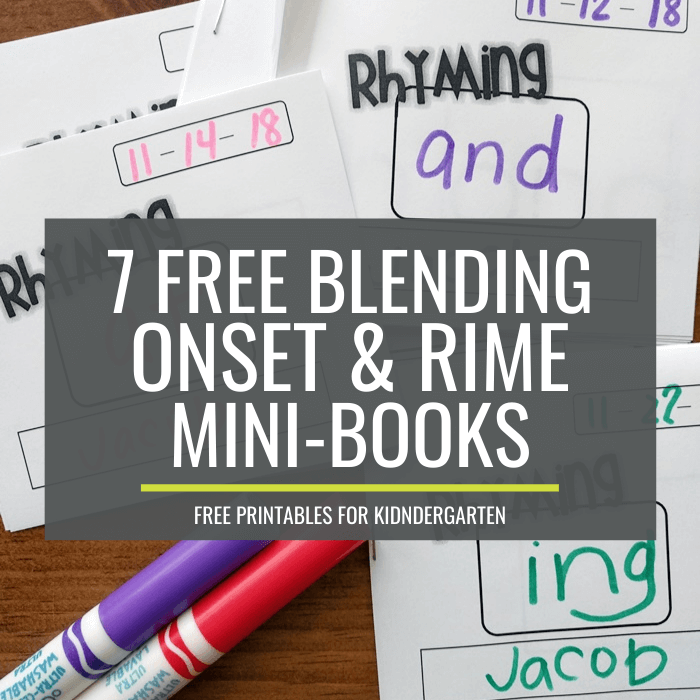
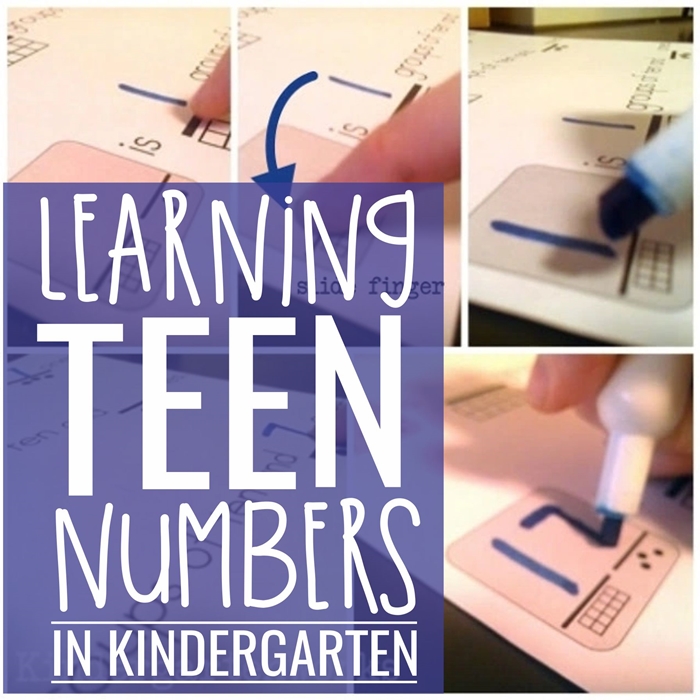
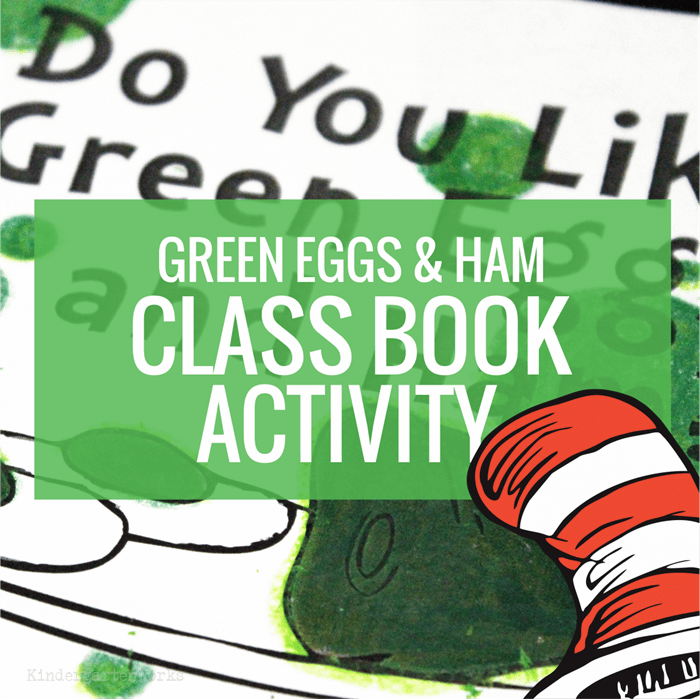

Leslie, did you include anything else in your warm up booklet? I love the idea- especially on days when other groups need a quick run down of the directions.
Hi Lindsey,
Yes! In fact, I tried to include pages for most skills that would benefit from quick repetition or work mats that we might use repeatedly. So, there was a page with 2D shapes, 3D shapes, numbers out of order 0-20, ten frame workmat, teen frame work mat, five frame workmat… that’s all I can recall at the moment. 🙂
Oh sorry, in my previous comment I mentioned your link didn’t work. I just went back and the link worked. Must have been my connection! Sorry and thanks again!
You’re very welcome and I’m so glad that it was helpful to you and your daughter. Thank you for taking the time to share!
– Leslie
I just discovered your website tonight as I was trying to help my daughter with her K math homework sheet- decomposing numbers. I had no idea how to explain it to her, as I had never heard this term used in math before. I am a 6-8 ESL teacher and I felt like I was trying to read Greek! I ran to the huge common core binder our district gave us to look up K standards.
When I asked, she seemed to have no idea how to do it. I wish the teacher had sent something home to us, like your example above. Now I know how to help her! (Just so you know, when I clicked on the link, it didn’t come up.) Thank you for teaching the parents too!
Thank you so much for putting this on your blog. We just started using Common Core Standards this year and it’s been quite the adventure! Thank you for sharing!
Thank you soooo much for sharing!! This is awesome!! I made Deanna Jump’s little poster thing with the common core strategies we are working on for the day, but I think I’ll post the strategies permanently by our counting numbers and weather graph too!! I LOVE how organized you are! I come to your blog most of all to get better ideas for small groups!! Thanks for that!!
How can I purchase the 4th quarter assessment pack? I’ve already got 1-3.
THANKS!!
Hi Noclue, (think that’s a clever name you’ve chosen – what’s the story behind it?) Thanks for sharing! I am just really focusing on working in small groups this year and its shaking up what I do! So, I am glad that you can learn from my experiences. The 4th quarter pack is available here: http://teachersnotebook.com/shop/kindertrio
Great post. Thank you
How many students are working independently as you are working with your small group? What specific activity/center/s are those students doing that allows you to work with your small group?
Hi Rlsheller,
I have 24 kinders, so that’s 4 groups of 6. I have 6 while the rest are working on the other math zones we have going on. I have written this blog post to explain how I set it all up before school started, so it may give you a starting place to read about what my other kinders are up to. https://www.kindergartenworks.com/2011/06/all-words-i-know-how-to-say.html
I love how you explicitly explain what you do with your kinders. I teach first and I so wanted to do Math Workstations. I even bought Debbie Diller’s book and have followed bloggers who have had success. I just don’t seem to make the jump from whole group to guided centers. And my class really needs the differentiation! I have some ELLs who have no number sense and I have some doing two digit addition! I feel so frustrated! But reading your explanation I think if I just take baby steps maybe I can start. I’m just not sure what I should have my groups doing? Thanks so much! [email protected]
Ellen, I can relate to the frustration factor. While my lower kinders used to be more a source of frustration when teaching whole group, I can say, that factor of waiting on them, repeating a skill as many times as needed and making other kinders practice when they’ve totally got it mastered, is long gone. Do you mean to ask what your groups that you are working with should be doing, or the groups that aren’t meeting with you should be doing?
You are awesome! I’ve sent your blog address to our new K teacher who would love your ideas.
2B Honey Bunch
Thanks!
Love this explanation! This is one of the standards that is very hard to teach. This really helps though. We are using your assessment packets but adapting a little to fit our curriculum. Do you have the 4th quarter assessment pack ready yet? The new CCS are very stressful this year! Thank you for all your work! I’m not too far away from you – in Hobart, IN.
Quarter 4 is in the final editing stages! You’re welcome and thanks for touching base. Glad that composing and decomposing are a little more simplified. Every now and then I have to re-explain it to myself (What the difference is anyways) 🙂 Can I ask about how you are adapting them? We’d love to know how you’re making the assessment packets work for you!
We have a CCS based report card. Not every single standard is listed on our report card, so we only formally assess the standards required for our quarterly assessments. We cut and pasted the pages to match the order of our report card, to make it easier to enter into the computer. This also allowed us to conserve some paper. So our adjustments are minor. We have been very grateful for your effort. It has certainly made our job easier as we adjust to the new standards. Having one packet per student gives us a clear picture of each child’s strengths and weaknesses and allows us to adapt our teaching as needed.
Awesome – thanks for sharing!
Leslie – Do you have a separate time for whole group math or do you do all your teaching in small groups? There is so much to fit in sometimes I think I would rather do it all in small group so the kiddos can really get what they each need… Thank you!! 🙂
Ashley
The Polka Dot Patch 🙂
Hey Ashley,
I start our math time everyday whole group and teach a 3-10 min. mini lesson before splitting up and we share at the end (whole group) too. So, I am able to fit in another concept in that mini-lesson which is working out really well for me. It can be completely unrelated to what we’re working on in groups which has been great for being able to hit every standard that is assigned during this quarter.
Your last statement about giving kinders what they need is right on the money. That has been the biggest reward I’ve found in doing math this way, and while it is more effort, materials and planning, it has been paying off big time!
Be sure to let me know if you give it a go! I’d love to know more about your experiences!
I definitely will!! Right now I have a 20 min block when I have an EIP (Early Intervention Program) teacher in my room and we do small groups, but this time is not nearly enough. I on;y see one group each day and it is just not working for me. I feel like I waste my other 60 min of math I have so this may work. When do you do calendar?
Our entire math morning is just over an hour. I meet with a group who will be doing their math journals first thing in the am (after announcements) to go over their prompt. The rest of the class is doing quiet reading. Then once math really begins we do our mini lesson before breaking into our small groups/zones. After we come together and share, then we move straight into the calendar. I’ve recently revamped my calendar to be shorter and only 15 mins. With 60 mins, that would definitely be possible!
I think your right!!! I could make it work!! 🙂
thanks for sharing your ideas……I am trying to have math stations in my classroom …. and I don’t feel like it is working. Each child seems so needy…they don’t seem to be able to to the simple tasks independently… I like the white board idea to practice to see how how you can print.
Sue
theverybusykindergarten
Hi Sue! Its understandable that getting them to launch into working independently is very tricky! The first few weeks we really had to practice this aspect and are now working much more independently than even during our literacy center time (if I can be completely honest) but I also think having it first thing has added to that fact. While my kinders aren’t meeting with me, they are in one of three other centers/zones working on practicing math in different ways. Thanks! I think the white board piece is important to connect the making of the numeral to the objects in each place. Who ever thought I’d be teaching place value so hard in K?! 🙂 Love your blog btw!